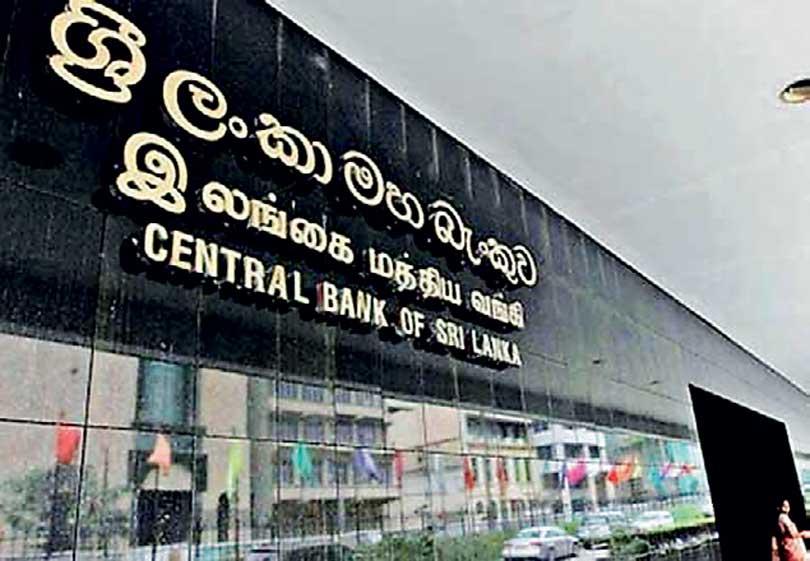Reply To:
Name - Reply Comment

The foreign exchange reserves held by the Central Bank has touched a fresh low in November after continuously falling for last three months, on account of foreign currency obligations, which came up for retirement, stoking serious concerns over the ability of the country to ride over the foreign debt crisis without a hard landing of its economy.
According to the latest official data available, Sri Lanka’s foreign exchange reserves fell by US $ 682.2 million during November to touch a new low of US $ 1,587.0 million by the month end, compared to US $ 2,269.2 million a month earlier.
The November reserves are the lowest since US $ 1,435 million in May 2009, when the civil war came to a close.
However, Sri Lanka has an approximately US $ 1.5 billion equivalent Chinese yuan-denominated currency swap, which the officials have set aside for drawing down, should the situation calls.
But barring the Chinese swap, Sri Lanka’s current external reserves are roughly sufficient for only a month of imports.
But what makes the conditions a lot more scary is when the import cover falls to around three weeks of imports when measured with the actual usable reserves of around US $ 1.0 billion, as Sri Lanka’s average monthly imports run at US $ 1.65 billion.
Sri Lanka has lost on an average US $ 650 million in foreign currency reserves during the three months through November, as foreign currency obligations came up for settlement every month.
Despite calls by various quarters, the authorities are sticking with their plans to deal with the current foreign exchange troubles on their own and have repeatedly shunned going to the International Monetary Fund (IMF) for support, due to fears of political and economic fallout of massive scale, as an IMF programme typically demands some politically and economically painful reforms and corrections, though such reforms are a must for Sri Lanka’s economy.
But former IMF officials and others have pointed out that the IMF today wasn’t the IMF of yesteryear and the IMF is much more amendable and is more willing to embed social needs and give more time for the local authorities to meet programme targets.
But the Sri Lankan government maintains that its home-grown programme to restructure debt and introduce reforms is nothing different from what the IMF would prescribe but of course with less political, economic and social pain.
Meanwhile, markets appear to be losing patience over the assurances given by the Central Bank on October 1 and thereafter over the realisation of at least a fraction of the government-to-government credit lines and other swap lines with the peer central banks.
Finance Minister Basil Rajapaksa was in India last week to negotiate two separate swap lines, totalling US $ 1.4 billion, on top of another US $ 500 million credit line, which according to certain sources, comes with stiff conditions such as commitments on imports to be made from India.
On January 18, 2022, Sri Lanka has another US $ 500 million worth of sovereign bond settlement, after which the country has some breathing space to rebuild its reserve buffers before its next large bond settlement comes due in July.
Sri Lanka is pinning hopes on a fairly faster rebound in tourism, direct investments and regularisation remittance flows to overcome its current external sector woes and thereby resuscitate the economy beset by the pandemic next year.